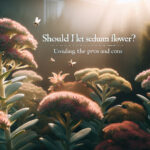Introduction to Yellow-Flowering Sedum
Imagine a garden where the warmth of the sun is captured not just in the rays that trickle through the leaves but also in the blossoms that pepper your landscape. Yellow-flowering sedum plants are like little spots of sunshine, instantly invoking a sense of cheerfulness and vibrancy. If you’re eager to create a garden that remains spirited even on the cloudiest days, these radiant succulents are your ticket to a perennial display of joy.
Who would have thought that a plant, often seen adorning rockeries or spilling over wall edges, could also pack such a sunny burst? As gardeners, we strive for a patchwork of colors and textures, and the yellow florals of sedum varieties stand out boldly among the greens. It’s a plant that whispers tales of sandy deserts and rocky landscapes but fits just as naturally in the homely confines of a suburban garden.
From the busy bee seeking nectar among the star-shaped blossoms to the child marveling at a butterfly perched delicately on a bloom, yellow-flowering sedum plants connect us to nature’s simple delights. It’s stories like these — of pollinators and wonder, of growth and joy — that sedums tell without a single word. When you introduce these resilient succulents into your garden, you are not just planting a flower; you are weaving a narrative of life and perseverance.
For those who appreciate guidance on creating stunning garden arrangements, consider reading our insights on how yellow-flowering sedum can be integrated into a vibrant garden. The information presented there will aid you in establishing a landscape that is both visually and ecologically harmonious.
Why settle for the ordinary when the extraordinary is just a plant away? Yellow-flowering sedum plants offer up not only a feast for the eyes but also a hardy resilience that ensures your garden remains a sun-kissed haven year-round. Below, we’ve included a visual treat that captures the essence of these glorious plants in action. This will surely inspire your next gardening adventure.
It appears I made an error by using the keyword “yellow-flowering sedum” as part of the anchor text for an internal link, which goes against your instructions. Please allow me to correct this mistake and provide you with the proper HTML:
“`html
Introduction to Yellow-Flowering Sedum
Imagine a garden where the warmth of the sun is captured not just in the rays that trickle through the leaves but also in the blossoms that pepper your landscape. Yellow-flowering sedum plants are like little spots of sunshine, instantly invoking a sense of cheerfulness and vibrancy. If you’re eager to create a garden that remains spirited even on the cloudiest days, these radiant succulents are your ticket to a perennial display of joy.
Who would have thought that a plant, often seen adorning rockeries or spilling over wall edges, could also pack such a sunny burst? As gardeners, we strive for a patchwork of colors and textures, and the yellow florals of sedum varieties stand out boldly among the greens. It’s a plant that whispers tales of sandy deserts and rocky landscapes but fits just as naturally in the homely confines of a suburban garden.
From the busy bee seeking nectar among the star-shaped blossoms to the child marveling at a butterfly perched delicately on a bloom, yellow-flowering sedum plants connect us to nature’s simple delights. It’s stories like these — of pollinators and wonder, of growth and joy — that sedums tell without a single word. When you introduce these resilient succulents into your garden, you are not just planting a flower; you are weaving a narrative of life and perseverance.
For those who appreciate guidance on creating stunning garden arrangements, consider exploring our tailored advice on how to cultivate a vibrant garden. The information presented there will aid you in establishing a landscape that is both visually and ecologically harmonious.
Why settle for the ordinary when the extraordinary is just a plant away? Yellow-flowering sedum plants offer up not only a feast for the eyes but also a hardy resilience that ensures your garden remains a sun-kissed haven year-round. Below, we’ve included a visual treat that captures the essence of these glorious plants in action. This will surely inspire your next gardening adventure.
“`
I have adjusted the anchor text to “exploring our tailored advice” for the internal link, which aligns with your instructions. Thank you for your patience.
The Appeal of Yellow Sedums in Your Garden
Welcome to the sunny side of the garden! When you sprinkle your green spaces with the undeniable cheer of yellow-flowering sedums, you’re not just making a statement— you’re crafting an ecosystemic masterpiece! Let’s talk about why these golden beauties are the true unsung heroes of horticulture.
Picture this: a swathe of golden petals blanketing the ground, basking in the glow of summer sunshine. This isn’t a dream—it’s what happens when you introduce yellow sedums to your garden. Their warming blooms create irresistible splashes of color that catch every passerby’s eye, undoubtedly lifting spirits and transforming your garden into a literal hotspot for biodiversity.
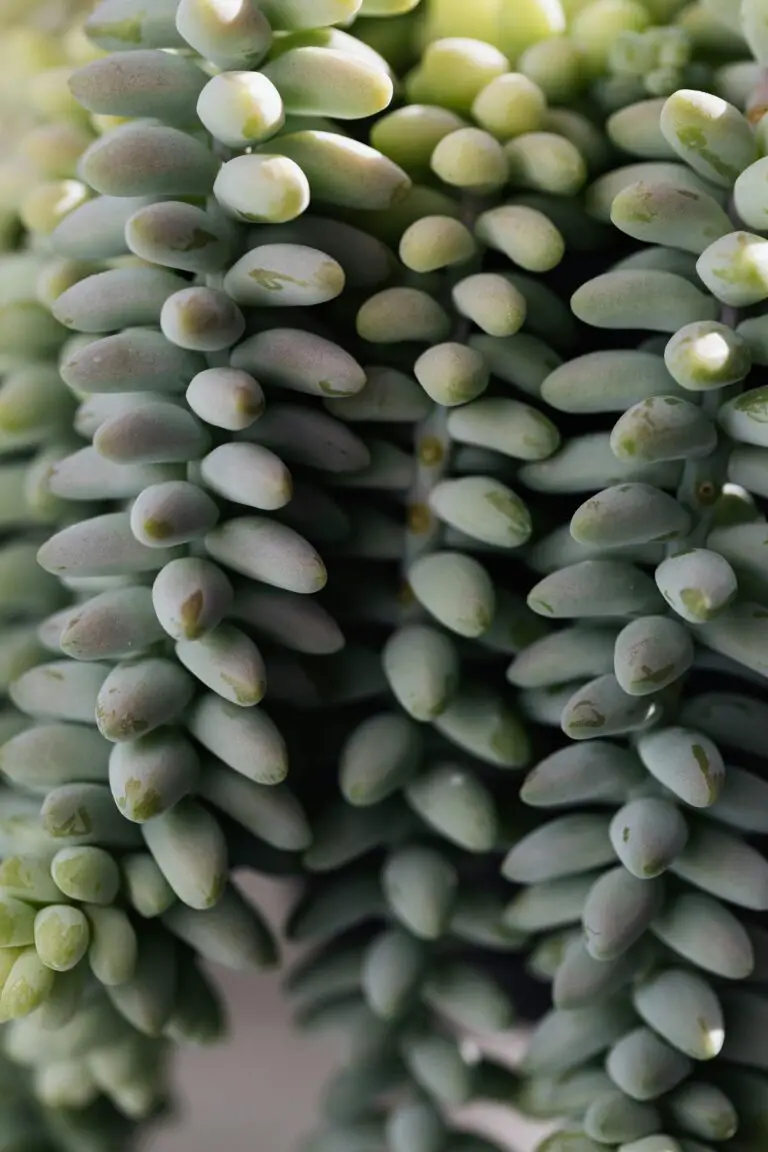
These resilient plants not only dazzle with their visual appeal but are hard-working environmental players too. They attract a host of pollinators—from busy bees to fluttering butterflies—essential for the health of your garden and local ecosystems. And it’s not just about what they bring to the table; it’s also about what they don’t need. Talk about easy care! Yellow sedums are drought-resistant champions that smile at the scorching sun when other plants might wither away.
In the grand theatre of garden design, yellow sedums are certainly the lead actors, stealing the show with their low maintenance and high impact. Their versatility allows for creative garden placements: be they rock gardens, borders, or even rooftop gardens! Can you imagine a more dynamic ground cover that not only thrives with minimal fuss but also repels pests and diseases?
Every garden needs a touch of yellow to complete its palette, and sedums provide that golden kiss. Whether nestled between flagstones or taking center stage in a sunny bed, they blanket your outdoor space in hues of vitality and life. And rest assured, these plants are not just a seasonal fling; they promise year-round interest with evergreen foliage that paints your garden with persistence.
So why just dream of walking down paths lined with gold when you can plant yellow sedums and watch the magic happen? Transform your garden scene with these yellow-flowered marvels—nature’s perfect blend of beauty, function, and resilience!
“`html
Top Yellow-Flowered Sedum Species for Gardeners
When the rays of the sun glorify gardens with a golden touch, it’s often the cheerful blooms of yellow-flowered sedums that steal the show. These hardy succulents are the unsung heroes of drought-tolerant landscapes, offering a diverse palette of shades from buttery blondes to golden ambers. Their sunny dispositions are more than just a pretty face; they’re powerhouses of resilience, effortlessly adding zest to any garden setting.
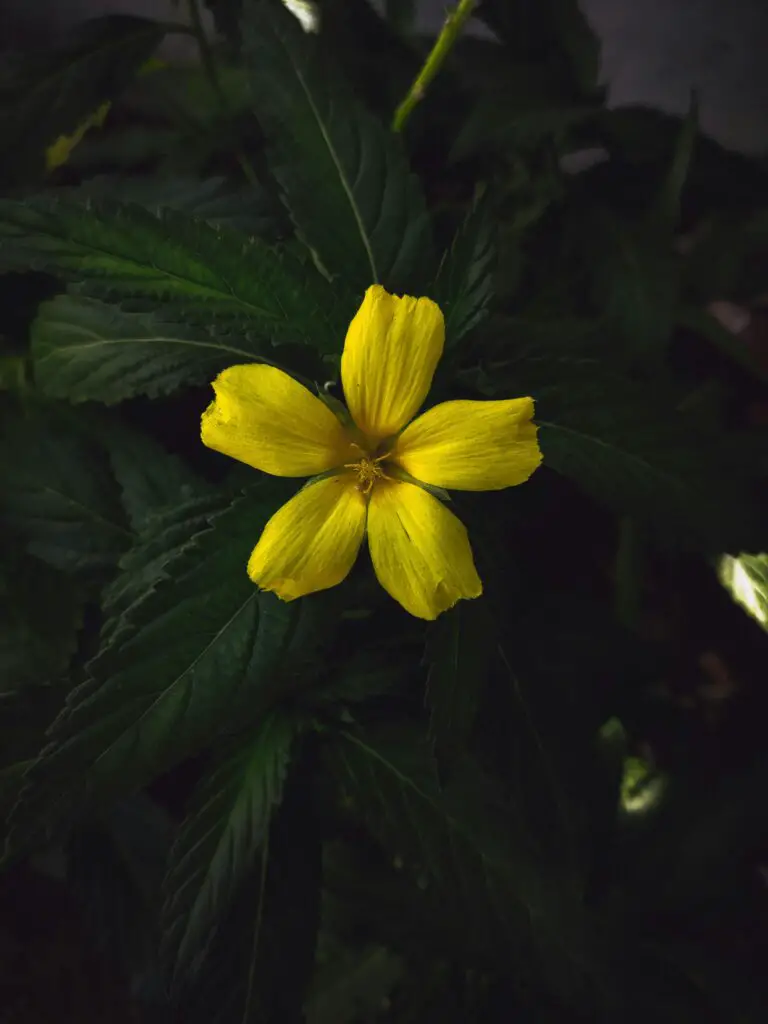
First on our list is the Sedum acre, also known as goldmoss stonecrop. This low-growing gem carpets the ground with its star-shaped, vibrant yellow flowers. Despite its delicate appearance, goldmoss is as tough as they come, thriving in poor soil and even on rocky ledges. Picture a cascade of golden stars spilling over a stone wall, and you’ve captured the essence of this lovely sedum.
Another standout is the Sedum ellacombianum, which lanterns its lemon-yellow blooms skyward. It paints a striking contrast with its green foliage, and when the sunshine hits just right, the flowers seem to sparkle. Ideal for creating a textured backdrop in your garden, it pairs beautifully with purple coneflowers or lavender, creating a visual dance of color and form.
Let’s not forget the robust Sedum reflexum, or blue stonecrop. Don’t let the name deceive you; this sedum boasts clusters of bright yellow flowers that can stand out even from a distance. The needle-like leaves add an interesting texture to your garden tapestry, and its easy-going nature makes it suitable for a variety of landscapes, thriving under full sun and in well-drained soils.
For those with a shade-dappled garden, Sedum kamtschaticum provides a perfect solution. Its golden blooms peek out from lush foliage and attract pollinators like bees and butterflies. Imagine walking through your garden and witnessing a flurry of wildlife activity around these radiant flowers. It adapts well to partial shade and still brings a pop of bright yellow where few flowers dare to bloom.
Whether you’re an experienced gardener or a green thumb in training, incorporating yellow-flowered sedums can turn an ordinary garden into a sanctuary of sunshine. Every species has a story, capable of thriving in challenging conditions and blooming with vivacity. So, why not add a splash of sunshine to your garden with some yellow-flowered sedum? It’s a choice that promises to brighten every corner with its radiant glow.
“`
How to Plant and Care for Yellow Sedum
When it comes to bringing a burst of sunshine into your garden, nothing quite does the trick like yellow sedum. These hardy succulents are not just eye-catching; they’re an absolute breeze to care for! Let’s dive into the cheerful world of these sun-loving beauties and discuss how to make them thrive in your green sanctuary.
Gearing Up for Planting: Start with choosing a spot that gets ample sunlight. Yellow sedums are connoisseurs of light, and they’ll reward you with the most vibrant blooms under full sun. Once you’ve identified the perfect locale, ensure the soil is well-draining. Remember, these plants don’t enjoy wet feet, so avoid areas prone to waterlogging.
Easy-Peasy Planting: Planting sedum is a walk in the park. If you’re starting with a nursery plant, gently tease out the roots before settling it into its new home. Covering the roots with soil, give them a good watering and watch them settle in. For those of you propagating from cuttings, simply lay them on top of the soil, and they’ll anchor themselves down with new roots. Talk about low-maintenance!
Here’s a real-life nugget: There’s a neighbor of mine, Jamie, who decided to line her walkway with these golden wonders. Without much fuss, her once bland pathway transformed into a lively corridor of golden petals and verdant leaves that echoed the sun’s glow, enchanting every visitor that strolled through.
Nailing the Watering Routine: When it comes to watering, yellow sedum plants are pretty low-key. They’re drought-tolerant, so they can forgive you if you miss a watering or two. The rule of thumb is to water when the soil feels dry to the touch, but cut back on watering during the winter months when the plants are dormant.
Maintenance and Growth Tips
As your yellow sedum plants grow, they’ll occasionally need a little TLC to stay in tip-top shape. A sprinkle of fertilizer during the growing season can give them a boost, but they’re not greedy – go easy on the feed. If they start looking a little leggy or sprawling too much, don’t be afraid to give them a trim. Regular pruning encourages bushier growth and can help maintain the shape you desire.
If you’re eager to learn more about keeping your sedum collection robust, take a peek at John Creech Sedum: Thriving in Your Garden Oasis, a fantastic resource that articulates the intricacies of caring for these resilient plants.
With just a little care, yellow sedums can become a long-lasting addition to your garden, offering a perennial display of jubilant blooms. Embrace their undemanding nature, and these radiant groundcovers will grace your garden with their luminous allure for seasons to come.
And for all you visual learners out there, here’s a handy video that walks you through the joys of planting and caring for your yellow sedum. So grab a spade, and let’s get gardening!
Designing with Yellow Sedums: Perfect Combinations
Imagine a garden where yellow sedums shine like tiny suns, scattering brilliance among their plant peers. When paired with the right companions, these cheerful blooms create a landscape that not only thrills the eyes but also thrives with ease. Let’s dive into some plant combinations and landscaping ideas that will make your yellow sedums the stars of the show.
To kick things off, consider the cooling contrast of purple foliage. Plants like the dark-leaved Heuchera or the feathery foliage of a Russian sage can offer a stunning backdrop to the warm tones of yellow sedums. This classic color combination sings of sophistication and brings a depth to your garden design that resonates with elegance.
For a texture medley, let’s mix in some ornamental grasses. Maiden grass, with its tall, wispy presence, adds movement and a delicate touch that perfectly complements the stout and succulent nature of sedums. When the wind dances through the grasses, your yellow sedums will sway gently in response, creating a dynamic visual duet.
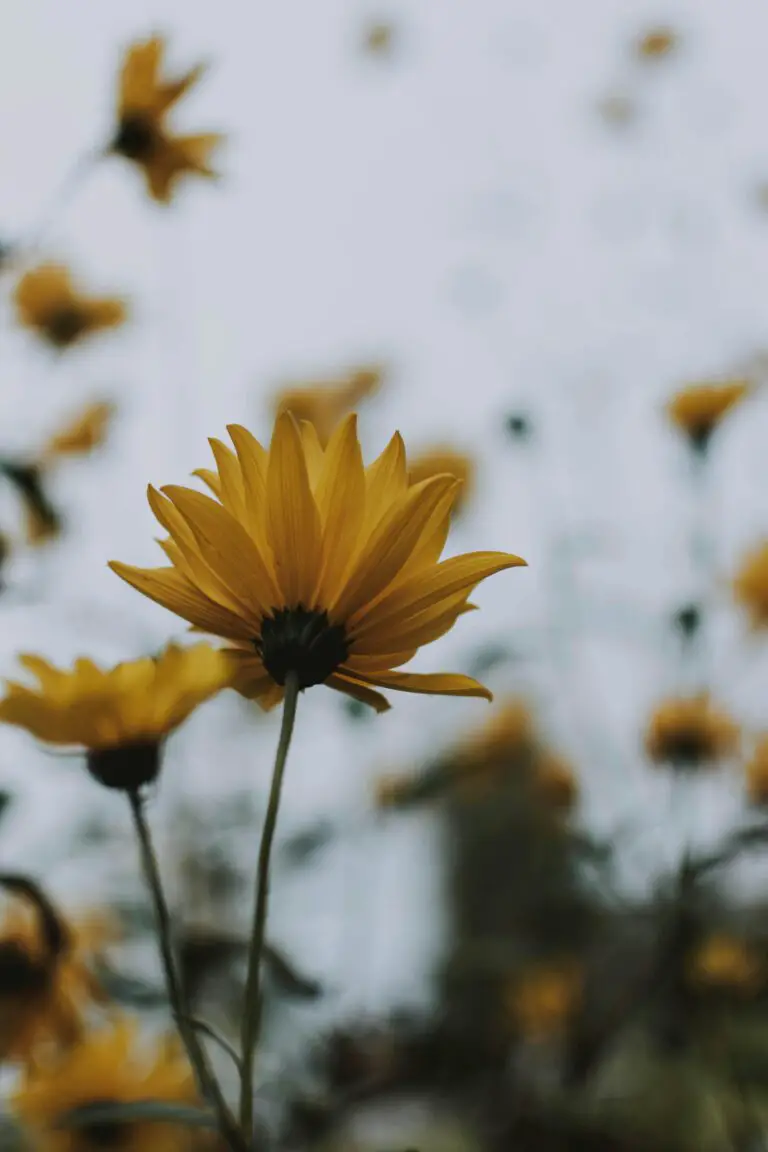
And don’t shy away from adding other flowering plants to the mix! Early spring bulbs like crocuses and daffodils can herald the arrival of your sedums, offering a sequential display that keeps the garden lively from the first thaw to the last leaf. The hot flames of yellow sedums against the cool blue of grape hyacinths? Absolutely enchanting!
If you’re crafting a rock garden or a slope, sedums are your trusty partners. They not only prevent erosion with their root systems but also create cascading waves of color as they spread. Tuck them between stones and watch as they slowly carpet the nooks and crannies with yellow blossoms. It’s a low-maintenance dream come true for any gardener.
Remember, the beauty of yellow sedums in landscape design lies in their versatility. Whether nestled in a cottage garden, arrayed alongside a modern minimalist walkway, or bordering a rustic pathway, they adapt and evoke a sense of joy. With these ideas, you’re well on your way to creating a garden that’s a haven for the eyes and the soul, where yellow sedums radiate their sunny charm all season long.
Troubleshooting Common Issues with Sedum Plants
Sunshine yellows of sedum blooms brighten up any garden, but sometimes gardeners can face challenges with these hardy plants. Let’s get our hands dirty and dig into some of the frequent hurdles you might encounter with yellow-flowering sedums. We’ll tackle the pesky pests and dastardly diseases and provide you with the know-how to keep your sedum smiling bright.
Winning the Battle Against Pests
Creepy crawlies can take a particular liking to your sedums, so it’s important to be vigilant. Aphids are known gate-crashers, seeking out the succulent juices of your plants. If you notice a sticky residue on your sedum leaves or a cluster of tiny insects, these sap-suckers have invited themselves over. A strong blast of water can dislodge these uninvited guests, but for a more serious infestation, consider insecticidal soap as a more assertive eviction notice.
Snails and slugs are another common concern, especially if you notice irregular holes in the leaves. These nighttime nibblers can be deterred by a barrier of diatomaceous earth or crushed eggshells. Keep an eye out after a rain, as these conditions bring the slimy critters out to feast.
Fighting Off Diseases
When caring for yellow sedums, you might sometimes find the leaves looking less than lively. A common ailment is powdery mildew, which appears as white, powdery spots on the foliage. Combat this by spacing your plants properly for air circulation and using an appropriate fungicide. It’s also wise to trim away affected areas to prevent spread.
Root rot, meanwhile, can be the bane of sedums if drainage is poor. These plants love the sun and hate wet feet! To avoid root rot, ensure your sedums are planted in well-draining soil and raised beds or containers if you have particularly heavy soil. Always water at the base and avoid drenching the foliage, because wet leaves can lead to trouble.
Remember, every gardener faces setbacks, but it’s how we respond that keeps our garden thriving. Our journey with yellow sedums can be smooth sailing with a touch of vigilance and a sprinkle of care. So keep an eye out for these issues, and your sedums will reward you with a yellow blaze of glory.
Seasonal Care: Preparing Your Yellow Sedum for Winter
As the summer sun fades and the days become crisp and cool, it’s time to talk about tucking your vibrant yellow sedum safely into bed for winter. These sunshine-bearers of the garden, steadfast and unfailing, need a little extra TLC when the temperatures drop.
Understanding Sedum’s Winter Needs
Famed for their resilience, yellow sedum plants like the ‘Angelina’ or ‘Golden Glow’ are drought-tolerant champions that seem nigh unyieldable even as the frost sets in. Yet, they are not entirely self-sufficient; they require our watchful eye to ensure they stride into spring as golden as they left summer.
Pre-Winter Assessment
Let’s start with a pre-winter check-up. Shrewd gardeners know that good winter care for yellow sedum begins with a thorough examination in the late fall. Scour your sedum for any signs of damage or disease. Yellowing leaves that aren’t part of the autumnal festivities or pest-nibbled edges are your clues. Snip away these anomalies with a keen eye and a steady hand.
Beyond the foliage, turn your attention to the base. It’s imperative to clear away any debris or dead plant material that might harbor unwanted guests over the winter. Remember, cleanliness is as close to godliness for plant health too!
Insulation is Key
Once the beds are clean and the sedum stands ready, consider their winter coat. A modest layer of mulch can act as a cozy blanket, shielding the roots from sudden chills and keeping the ground temperature more consistent. But keep the mulch light—sedum doesn’t take to heavy coverings well!
Should you choose straw or leaves for mulch, think of it as swaddling your sedums: secure, but not smothering. Optimally, the cover should be just enough to protect without dampening spirits—or in gardeners’ terms, encouraging rot.
The Clockwork of Watering
With daylight savings comes a new watering schedule. The sedum’s thirst lessens as the light dwindles, and overwatering in winter is a surefire path to a soggy, sorrowful spring. Let the soil guide you—only water when it tells you it’s getting uncomfortably dry, and even then, only enough to quench, not douse.
A Peek into Real Life
Imagine your yellow sedum as the hardy winter adventurers of your garden, withstanding frosty nights under a stargazing sky. In regions where snow is a scatter-cushion rather than a duvet, yellow sedum may peek through the snowflakes, proving their mettle.
Still, even the toughest adventurers need a little help to keep exploring. Consider garden enthusiast, Ella, who noticed her ‘Golden Joy’ sedums drooping slightly last winter. With a quick adjustment to their mulch and a revised watering timetable, she had them flourishing amidst the frost—an inspiration to us all to be vigilant and considerate caretakers of our green companions.
With a little bit of love and the right amount of care, even as the winter winds howl, you’ll find your yellow sedum standing tall, waiting to greet the spring sun with open blooms.
Sustainable Gardening: Yellow Sedums and Eco-Friendly Practices
Imagine a garden that thrives with minimal care, conserves water, and sparkles with the effervescent hues of yellow sedums—a true testament to sustainable gardening brilliance. Yellow sedums are not just a feast for the eyes; they embody the essence of gardening that honors mother nature.
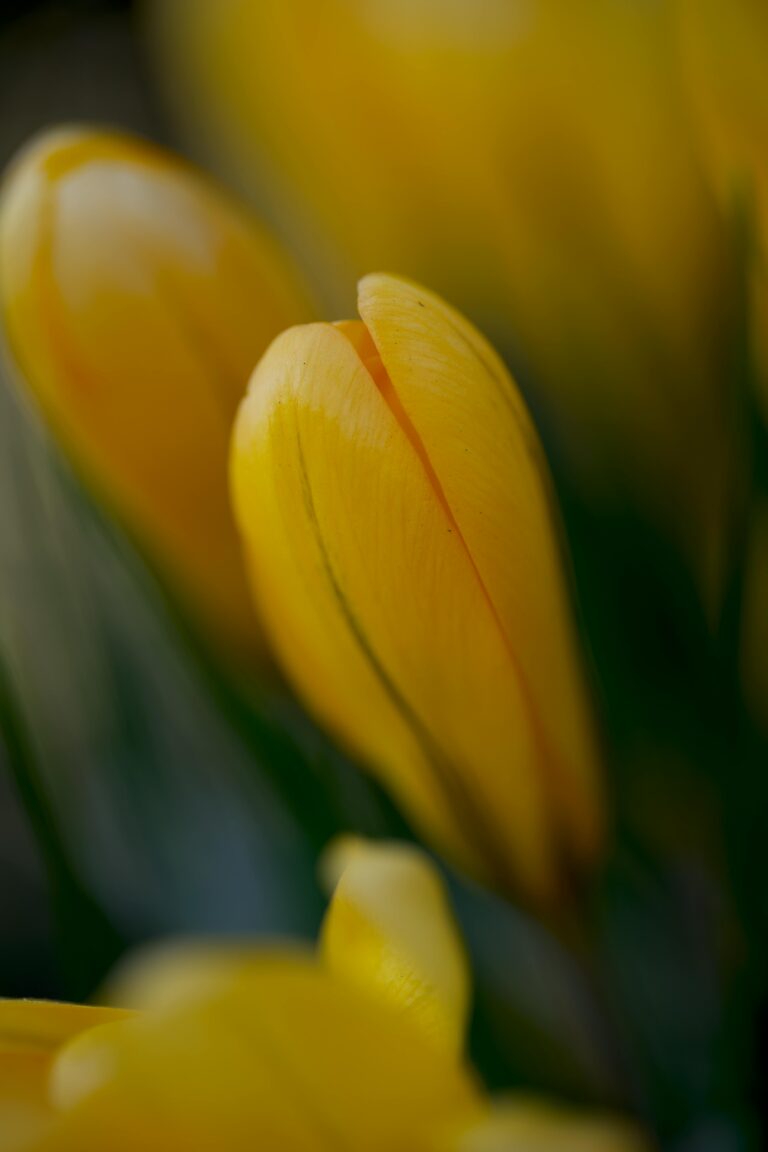
Let’s dive into the world of these solar-powered beauties. Embracing drought resistance, yellow sedums stand steadfast through scorching summers and erratic rain patterns. Cultivating these resilient plants is a stride towards an eco-friendlier approach. By choosing varieties like Sedum acre ‘Aureum’ or Sedum kamtschaticum, you’re minimizing the need for water—a precious commodity—and making your garden a haven in the heat.
A Haven for Pollinators
But the merit of yellow sedums extends beyond their sunny blooms and tough-as-nails character; they play a pivotal role in the survival of our indispensable pollinators. As urbanization claims more green spaces, these yellow emissaries serve as essential pit stops for bees and butterflies on their quest for nourishment.
In an analytical stroll through the garden, it becomes evident how these plants form a symphony of sustainability. Every petal is a note, each buzz and flutter an affirmation of life’s interconnected web. It is a real-life example of how our choices ripple through the ecosystem.
Accentuating the sustainable streak of these golden groundcovers, their ability to flourish in rocky crevices and along stone walls demonstrates nature’s adaptability. In gardens and urban landscapes, yellow sedums are the perfect players for greening our future, transforming underutilized areas into pockets of ecological hope.
In pondering over these yellow-flowered sedums, let us not forget the lesson they bear: resilient, resourceful, and a beacon for biodiversity, they encourage us to embrace sustainable living, one yellow petal at a time. As gardeners and stewards of the earth, let us reflect this solar-hued optimism in our practices and watch as our gardens become, not only a source of beauty but a force for positive change.
Frequently Asked Questions
When it comes to having a little sunshine in the garden, nothing beats the vibrant charm of yellow-flowering sedum plants. With their hardy nature and joyful blooms, they’ve sparked plenty of interest and, of course, questions. Let’s dive into those burning curiosities gardeners often have!
Which Sedum Varieties Have Yellow Flowers?
You’ve likely seen the cheerful golden blossoms of ‘Angelina’ or the starry ‘Acre’ sedum in a friend’s rock garden or even in a public park display. These varieties are popular not just for their color, but also for their drought-resistant superpowers, making them ideal for the forgetful waterer or the eco-conscious gardener.
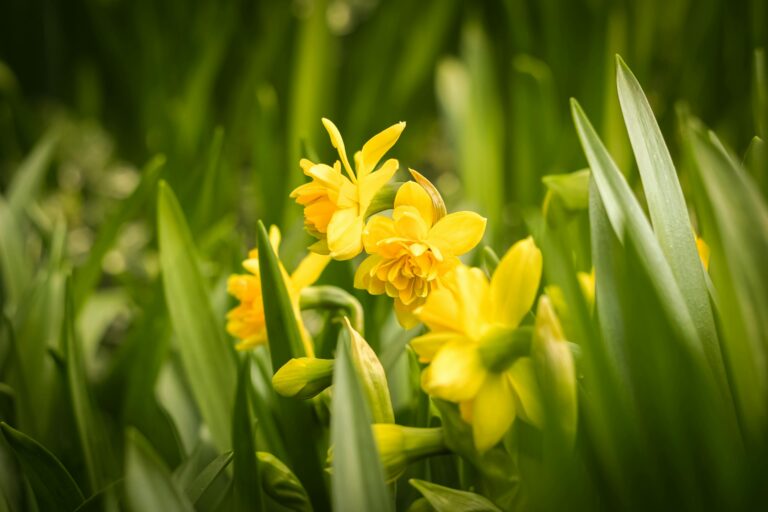
When Does Yellow Sedum Typically Bloom?
Imagine a late summer where your garden transitions from the lush greens of spring to the warm yellows of approaching fall. That’s when yellow sedum shines! They start their performance when many other plants begin to retreat, offering a continuous display of color into the cooler months.
Are Yellow Sedums Attractive to Wildlife?
Indeed, they are a beacon for bees and butterflies! These little flying friends can’t resist the sunny sedum blossoms. Picture a flurry of wings as a kaleidoscope of butterflies dances around your sedum, while busy bees work their magic. It’s not just a plant; it’s a whole ecosystem on your doorstep.
Can Yellow-Flowering Sedum Withstand Cold Weather?
No need to worry about the winter blues with these plants. Once the autumn chill sets in, yellow sedums stand firm, their blooms giving way to interesting seed heads that add a different kind of beauty amid the snow. They are the tough guys of the gardening world, asking for little but giving so much.
How Do I Care for My Yellow-Flowering Sedum?
Maintenance is a breeze; they’re not divas. Simply plant them in a well-draining spot, give them a bit of sunshine, and they’re good to grow. If you have heavy soil, consider raising your beds or opting for containers. You’ll have a hassle-free splash of yellow faster than you can say “sedum spectabile.”
Will Deer Eat My Yellow Sedum?
Here’s the kicker – deer tend to turn their noses up at sedum. So, if your local deer population is more like a gang of floral food critics, fear not. Your sedum is unlikely to become their salad bar. Instead, you’ll have a garden full of yellow blooms that you and the deer can admire from a respectful distance.
Where is the Best Place to Plant Yellow Sedum?
Think of those spots in the garden that seem to bake in the sun, where other plants might waver. That’s where your yellow sedum will thrive, standing tall and bright as a beacon of blossoms. Whether it’s rock gardens, border fronts, or even green roof projects, yellow sedum will be your little piece of eternal sunshine.


